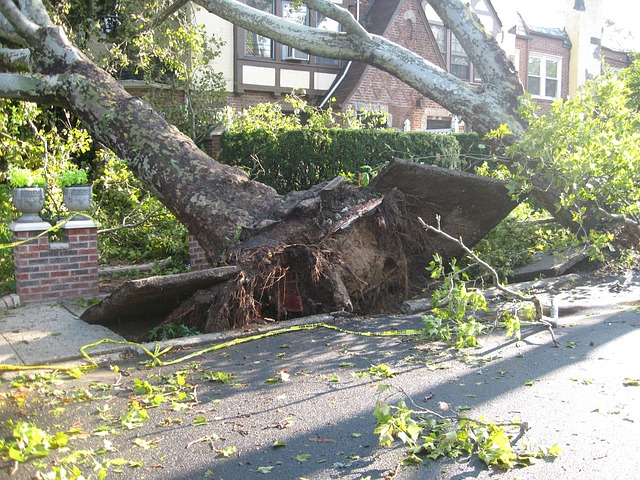Usually in June at the start of summer, we are highly focused on ways to protect our yards against drought.
This year we are seeing a more consistent amount of rain and storms, which can bring its own issues to our yards.
A very common problem during storms is tree limbs falling. High winds can cause branches to weaken and fall, which can result in power outages if they fall onto power lines, or property damage when falling onto fences or buildings, or even personal injury.

Another issue that can happen is the excessively watered soil can loosen the soil that is usually doing a good job holding the tree roots tightly, which can cause roots to fail, or the ground to soften enough, so that the tree begins to lean or even fall over and uproot completely.
Another occurrence that can be a bit more rare is a direct lightning strike on a tree.
The best offense is a good defense, and checking your yard for hazardous conditions before a storm occurs and causes damage is always best. You can check for decay in the branches and roots of your trees that would increase the likelihood of problems, and if you’re not sure, you can consult with a professional arborist who can look for issues with your trees. Even then, it is impossible to completely protect your trees and your property from storms.
Trees that are detected to have a potential for future issues can be braced or tied with cables that can help protect against high winds. Pruning can also help keep branches away from other structures in an event that they may collapse.
If you do find fallen branches after a storm, be sure to contact your homeowners insurance company as quickly as possible if the limbs have fallen on any structures, or your auto insurance if the limbs have fallen on your vehicle. Smaller limbs can often be cleaned up with a simple chainsaw by the homeowner.
However, large limbs, or any time a limb or tree is touching a structure, may need a professional. Even seemingly small tree branches can be very, very heavy. They are also round, and when sitting on top of a roof, for example, as you are trimming the offshoot limbs, as those fall off it will vary the balance of the rest of the limb or trunk and could quickly result in the tree rolling onto another section of the structure or onto things below, and cause even further damage. In this case, you will want to get a quote from a professional tree removal service.
If the fallen limb or tree is touching any electrical line, you will want to immediately contact the electric company since there is also the risk of electrocution. In the case of a downed power line, always assume that the line is live and keep your distance until the professionals have give you an all clear.


